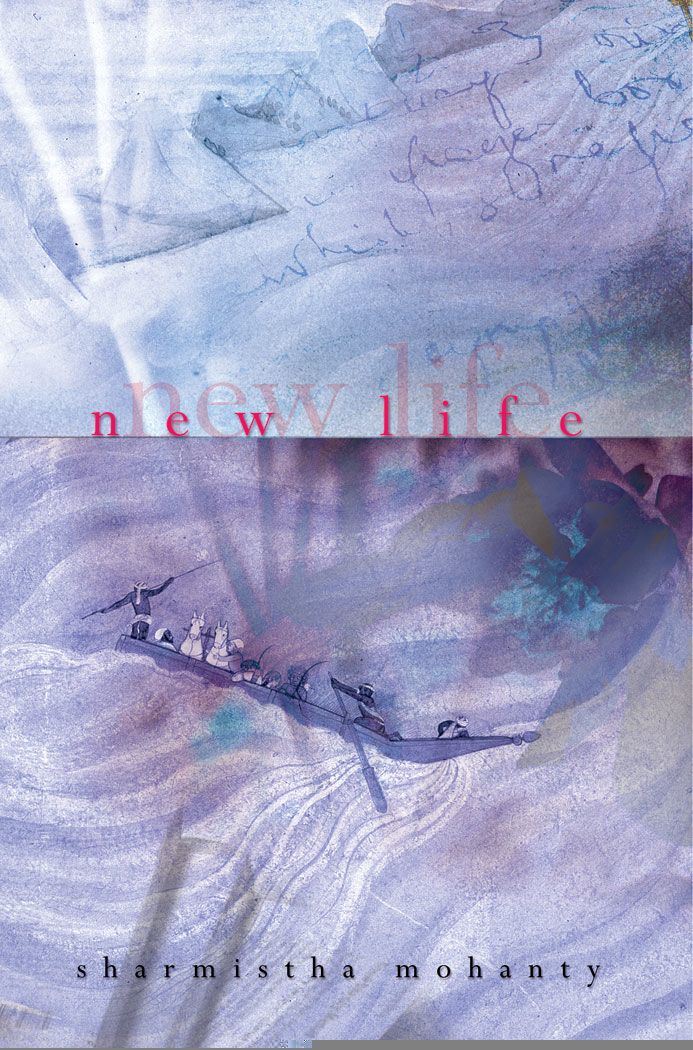

New Life
New Life is a tale of love, of a girl growing up to be a woman in Calcutta and of her spiritual awakening across continents.
A passage in the novel aptly describes the writer’s intention: ‘She wrote from, not about. She attempted to create a space where many things could dwell at the same time, and where each thing could become more than itself.’
This is not another Indian English novel written for export; a native sensibility works in English to rediscover our own ways of understanding the world. New Life is not just a tale, it is a poem.
UR Ananthamurthy
The past comes through in New Life as so many melodic lines converging and then separating in strange yet vaguely familiar ways. These lines, I am afraid, will haunt you, because just when you will begin to think that nostalgia is getting you, you will recognise in some surprise that it is not a lost world that Sharmistha Mohanty is invoking but a living world that survives in fragments, tentatively, yet confidently, all around us. It is a world that has lost none of its vitality for being half-forgotten or cornered. The search is not for a lost history but for a self within which fragments of past selves will find a place.
Ashis Nandy
Mohanty herein succeeds in retrieving the novel from the morass of the market and rediscovers it as a vehicle of aesthetic reflection on life.
Anup Beniwal, The Book Review